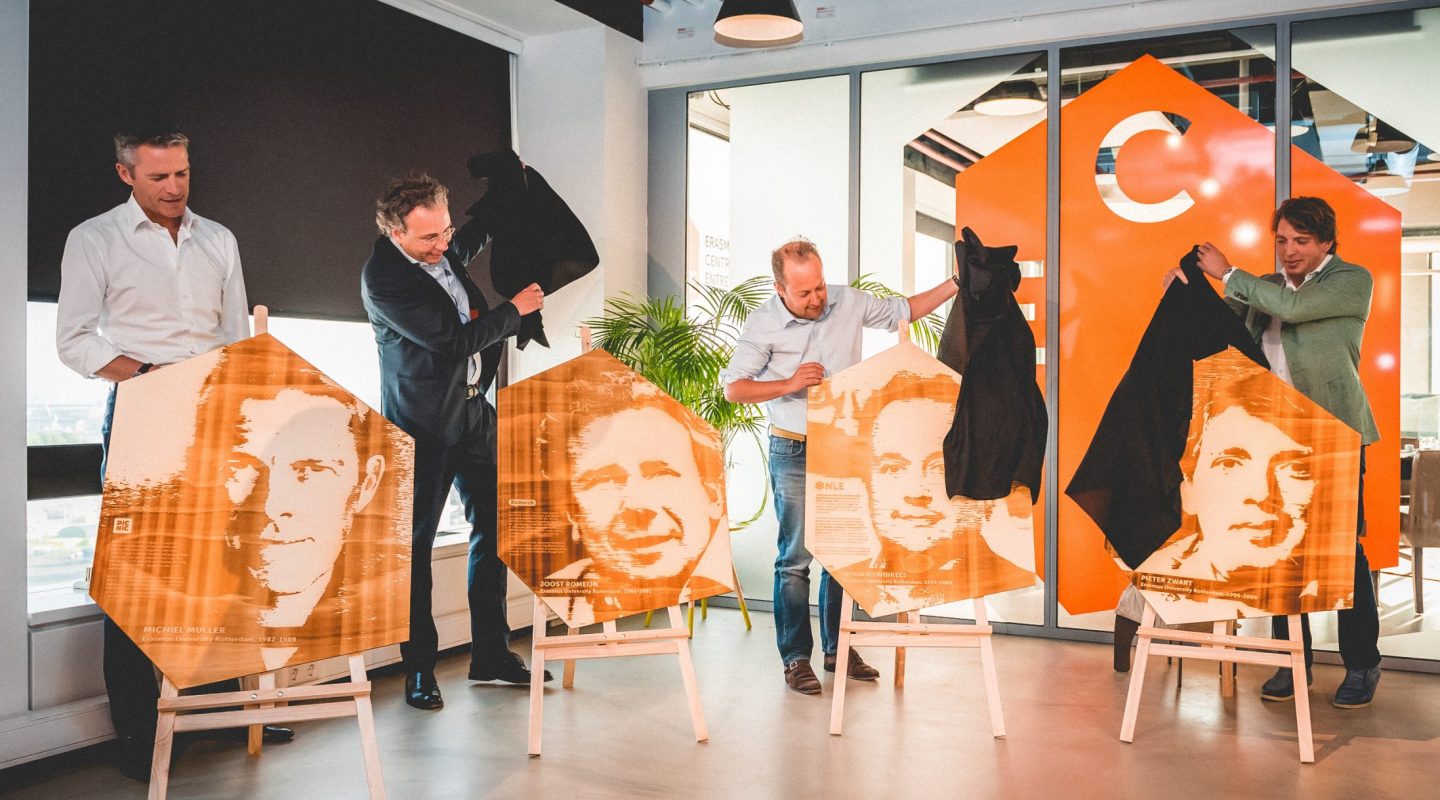How founders of successful scale-ups drive growth
Young companies that keep on growing balance ‘driving growth’ and ‘managing growth’. The first is about reaping new opportunities continuously, yet without letting chaos reign. The second is about putting into the organisation some order and discipline, yet without losing the entrepreneurial spirit.
Two important ways to drive growth include instilling a relentless customer focus within all parts of the organisation, and scaling the entrepreneurial DNA of the founder team. Companies like Coolblue and Swapfiets realize that it is customers that drive growth and not products or technology. So they installed systems and KPIs that allow nearly any employee to hunt for opportunities to create more or new value for their customers. They allow small scale experiments with new products or service concepts to flourish, and decide to scale up fast
if customer satisfaction goes up and there is a business case.
“To maintain a drive for growth over time, the founders of successful scale ups like Young Capital and SecureLink realized quickly that they need to contaminate the organisation with their own DNA.”
To maintain a drive for growth over time, the founders of successful scale-ups like Young Capital and SecureLink realized quickly that they need to contaminate the organisation with their own DNA. Doing so not only provides direction to the growing workforce, it also keeps the entrepreneurial spirit alive in the rapidly expanding organisation. The founders embarked on a deep-dive process together to articulate the fundamental purpose of their company, and their own core values and beliefs. Together with people from different functions and positions those values were made concrete by translating them into exemplary behaviors.
Two helpful ways to manage growth are creating a story that explains the business logic in a simple way, and abandoning a purely personal leadership style. Successful leaders of scale-ups like those of Takeaway and Sophia Genetics are able to tell the core of the business model in a one-pager in such a way that any employee, investor, customer, or other stakeholder understands it. And they repeat that over and over again. Importantly, they explain what the ‘fly wheel’ is about, i.e. the reinforcing effects between the elements of the model, as these effects actually drive the fast growth. The fly wheel also serves as a tool to select new opportunities for growth: only those are being pursued that strengthen the core of the business model and its reinforcing effects.
Finally, leaders that stick to a micro-management one-on-one leadership style either have to keep the organisation small, or let chaos and complexity explode. Leaders of companies that keep on growing understand that they need to adopt a more professional style as well. For instance, by stepping aside into a more advisory role while give room to another CEO, adopting strong management systems, or by creating a more balanced leadership team.
This blog is published in the ScaleUp Dashboard and written by Prof. dr. Tom Mom, Professor Strategic Growth and Implementation Rotterdam School of Management, Erasmus University.
